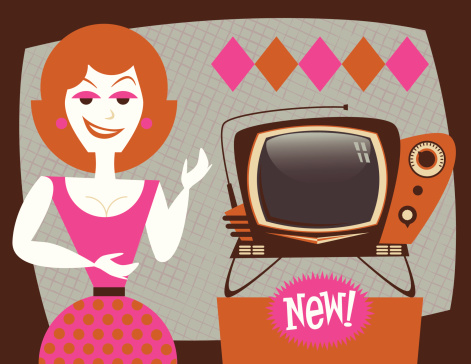
Like many of you, I’ve been doing a bit of reading on the topic of SMS marketing. It’s a...
Read More

Ranking Republican Patrick J. Toomey, R-Pa., recently had this to say about embedded financing: &ldq...
Read More

At one time — and it wasn’t that long ago, it seems — small banks worried that the...
Read More

This just in! According to an article in the Wall Street Journal just a few days ago, Kim Kardashian...
Read More

A national bank recently opened two new branch locations in my neighborhood, each of them a little m...
Read More